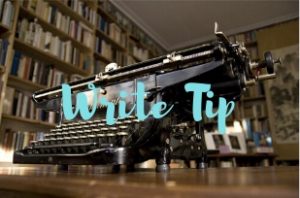 Writing dialogue can be a challenge for some writers more than others, but it’s an extremely important part of good fiction. There are many tools and techniques one can use, the most important being to use your powers of observation. By listening to dialogue of the real people around you, you can learn how people talk, especially people of different socioeconomic, educational and age groups. But there are craft elements involved as well. Here’s 10 Tips For Writing Better Dialogue:
Writing dialogue can be a challenge for some writers more than others, but it’s an extremely important part of good fiction. There are many tools and techniques one can use, the most important being to use your powers of observation. By listening to dialogue of the real people around you, you can learn how people talk, especially people of different socioeconomic, educational and age groups. But there are craft elements involved as well. Here’s 10 Tips For Writing Better Dialogue:
1) Use Simple Tags Sparingly. Fancy tags like “he expostulated” or “she espoused” are less clear and more distracting than anything. So keep the tags simple when you absolutely must use them. Instead, convey the manner in which a character speaks instead. Make it obvious from what is said.
2) Instead Of Tags, Use Actions. People talk while actively engaging in activities. So should your characters. Giving them business to do during dialogue allows you to identify who’s speaking without resorting to overused tags. Some can come in the form of characterizing the speaker: “His eyebrows lifted with menace,” for example. “Bob’s fist clenched as he spoke.” “Tears rolled down her cheek with every word.”
3) Avoid Expositional Dialogue When Possible. We’ve all violated this rule, but especially when two characters should already know the information being imparted, it seems unnatural and distracting. In such cases, internal monologue is a better tool and more natural. Characters may think about stuff they already know but they wouldn’t tell each other stuff each of them knows.
4) Keep It Short. People talk in choppy sentences. Long soliloquies are rare. So in dialogue, use a combination of short sentences to make it flow and feel like real people talking. Let them interrupt each other, too. People do that in real life. It adds to the pace, tension and drama of it.
5) Avoid Phonetic Spellings For Accents. They are difficult to read. Indications of dialect can be used instead to get the reader to do the rest. Overuse of a dialect becomes distracting to readers and can actually take them out of the story. Keep the words your characters say as unobtrusive as possible so your story flows seamlessly.
6) Dialogue Is Conflict. Conflict keeps the story moving. People talk like they’re playing table tennis–back and forth. This moves the story forward. Lace your dialogue with conflict. It adds dramatic urgency to every line the characters say and keeps the story’s pace.
7) Use Other Characters. Let a character imply who’s speaking to them by saying something specific to only that person. If you use business well (see number 2 above), having a character refer to something the other character is doing is a great way to do this.
8 ) Give Each Character A Distinctive Voice. Overdo it and its caricature but we all have our own speech tics. Create some for your characters and sprinkle them throughout. Readers will learn them and know who’s speaking. For example, Captain Jack Sparrow loves the term of affection: “love” and uses that a lot. He also says “Savvy?” a great deal as well. He has others you can probably remember, too. Study characterization and see what other writers have done.
9) Speak It Aloud. Talk it out. Get inside the heads of your characters and say the lines. Play out the conversation you’ve written. Does it sound natural? Does it flow? Your ear is often a better judge than your eyes and hearing it will give you an idea how readers will hear it.
10) Remember What Medium You’re Writing For. TV and Film dialogue and novel dialogue are not necessarily the same. There is no third party to use intonation, facial expressions and/or body language to bring it to life. Your words alone are the conduit between yourself and the reader and your prose skills and the readers’ imaginations make it work.
Well, those are my 10 Tips of the moment for writing better dialogue. Do you have any others? We’d love for you to share them in the comments.
For more tips, come back next Wednesday. For previous WriteTips, click here.
 Bryan Thomas Schmidt is a national bestselling author/editor and Hugo-nominee who’s edited over a dozen anthologies and hundreds of novels, including the international phenomenon The Martian by Andy Weir and books by Alan Dean Foster, Frank Herbert, Mike Resnick, Angie Fox, and Tracy Hickman as well as official entries in The X-Files, Predator, Joe Ledger, Monster Hunter International, and Decipher’s Wars. His debut novel, The Worker Prince, earned honorable mention on Barnes and Noble’s Year’s Best Science Fiction. His adult and children’s fiction and nonfiction books have been published by publishers such as St. Martins Press, Baen Books, Titan Books, IDW, and more. Find him online at his website bryanthomasschmidt.net or Twitter and Facebook as BryanThomasS.
Bryan Thomas Schmidt is a national bestselling author/editor and Hugo-nominee who’s edited over a dozen anthologies and hundreds of novels, including the international phenomenon The Martian by Andy Weir and books by Alan Dean Foster, Frank Herbert, Mike Resnick, Angie Fox, and Tracy Hickman as well as official entries in The X-Files, Predator, Joe Ledger, Monster Hunter International, and Decipher’s Wars. His debut novel, The Worker Prince, earned honorable mention on Barnes and Noble’s Year’s Best Science Fiction. His adult and children’s fiction and nonfiction books have been published by publishers such as St. Martins Press, Baen Books, Titan Books, IDW, and more. Find him online at his website bryanthomasschmidt.net or Twitter and Facebook as BryanThomasS.
To download How To Write A Novel: The Fundamentals of Fiction free one book, click here.
To check out Bryan’s latest novels, click here.



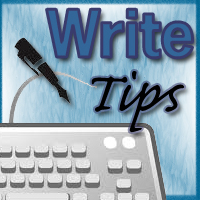

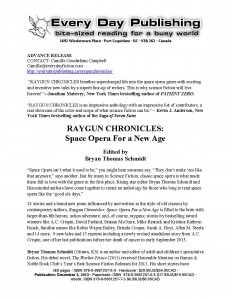
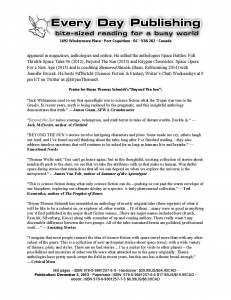
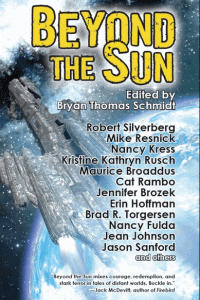
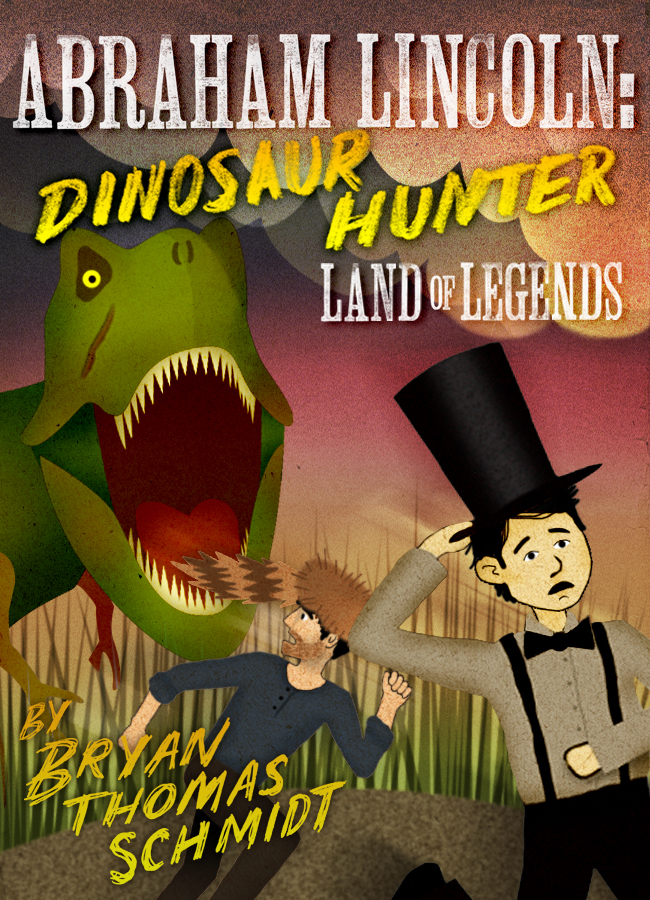

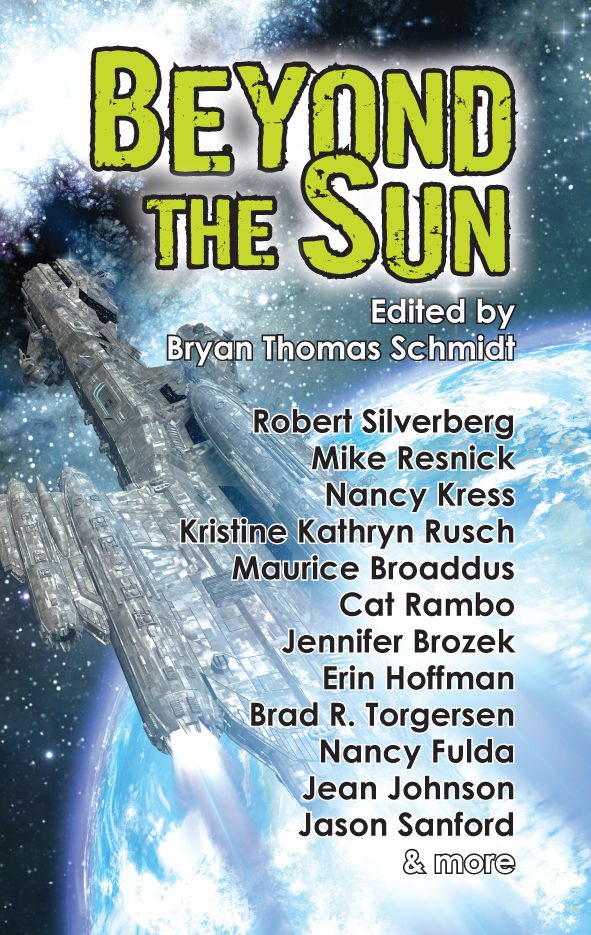
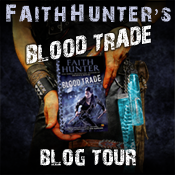
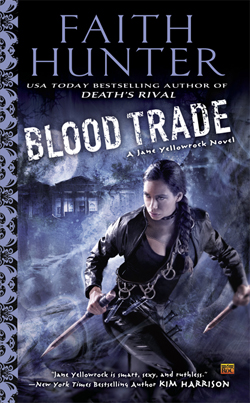 Be willing to try new things. One of the worst things writers can do is let their writing get stale. Take a break, write something different every now and again. I have been writing inside the Jane Yellowrock world, but outside of Jane’s Point of View in short stories lately, and I am really enjoying it! In the series, I am locked into a first person POV, which I adore, but it can be limiting. Writing from third person, from another character’s POV, is very freeing, and also, it lets me see my main character through eyes of the secondary characters in the series. I had no idea she was so lean and menacing. And cuddly. Depending on the POV I am writing from.
Be willing to try new things. One of the worst things writers can do is let their writing get stale. Take a break, write something different every now and again. I have been writing inside the Jane Yellowrock world, but outside of Jane’s Point of View in short stories lately, and I am really enjoying it! In the series, I am locked into a first person POV, which I adore, but it can be limiting. Writing from third person, from another character’s POV, is very freeing, and also, it lets me see my main character through eyes of the secondary characters in the series. I had no idea she was so lean and menacing. And cuddly. Depending on the POV I am writing from.